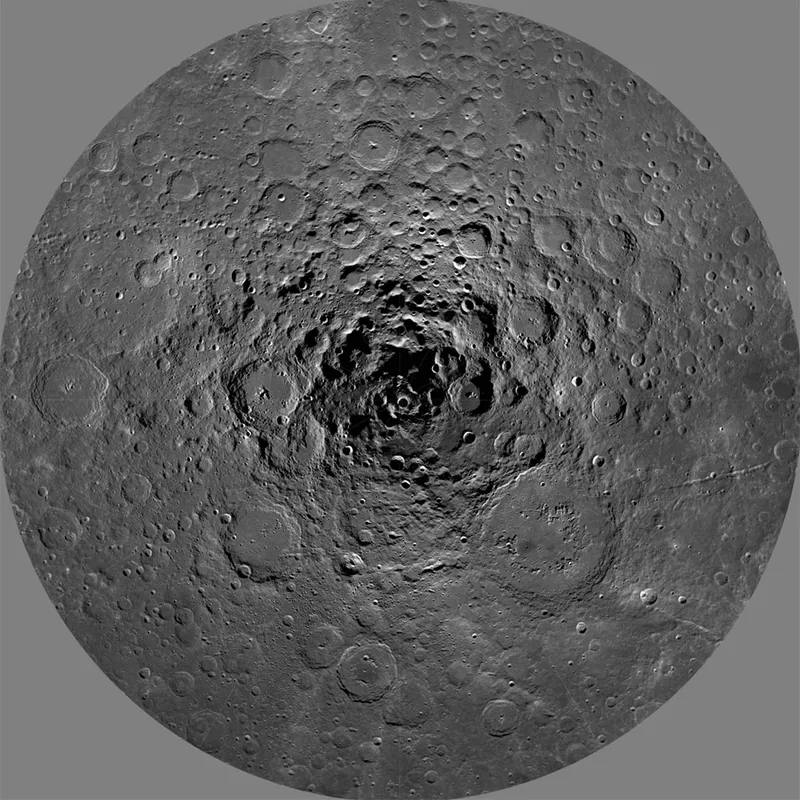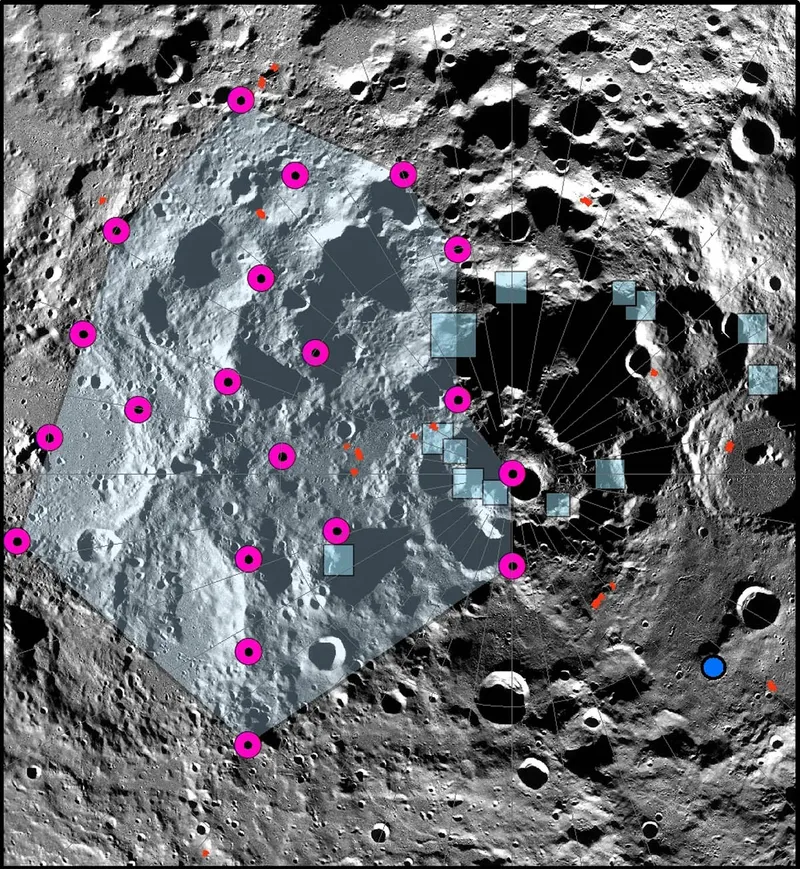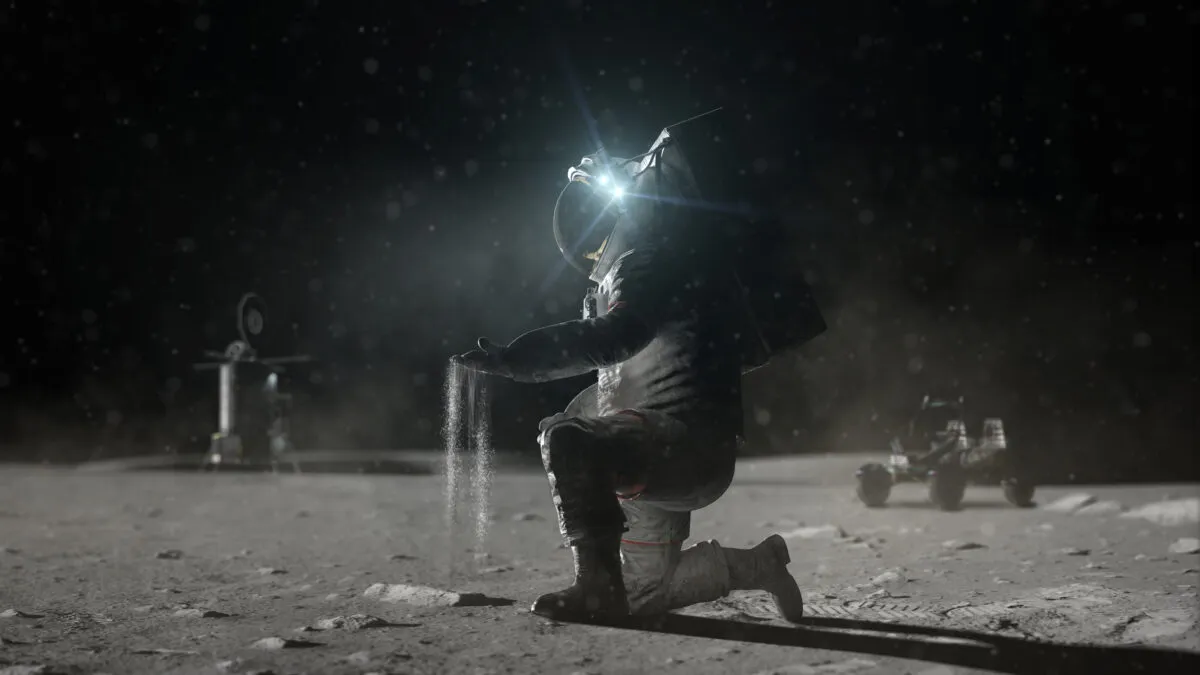Moonquakes and landslides are occurring near candidate sites for NASA's first mission to return human beings to the Moon, and the cause is the Moon's shrinking interior.
This is the finding of a study into the Lunar South Pole that found evidence of moonquakes caused by the Moon's interior cooling and shrinking.
The quakes are occurring at regions identified by NASA as potential landing sites for the Artemis III mission that will see astronauts touch down on the lunar surface.
NASA's Lunar Reconnaissance Orbiter (LRO), which is in orbit around the Moon, has detected thousands of small, young thrust faults in the lunar crust.
These 'scarps' and formations are like cliffs on the surface of the Moon.

They form where contractions caused by the cooling and shrinking of the Moon, still hot from its formation, break and push the crust over fault lines.
This generates seismic activity in the form of shallow moonquakes, of the sort recorded by seismometers that were deployed on the Moon during the Apollo missions.
The strongest recorded shallow moonquake has an epicenter in the south-polar region.
One has been located within the de Gerlache Rim 2, which is a potential landing site for the Artemis III mission to return human feet to the lunar surface.

The results of this study could have implications for where NASA chooses to land its Artemis III mission, which will see human beings return to the surface of the Moon for the first time since the Apollo missions.
The team behind the study say their research also shows some surface slopes in the lunar south pole are susceptible to landslides from seismic shaking, including in some permanently shadowed regions.
These shadowed regions are of particular interest to the Artemis programme because they could contain water ice.

"Our modelling suggests that shallow moonquakes capable of producing strong ground shaking in the south polar region are possible from slip events on existing faults or the formation of new thrust faults," says Tom Watters of the Smithsonian Institution, Washington, lead author of a paper on the research published on 25 January 2024 in the Planetary Science Journal.
"The global distribution of young thrust faults, their potential to be active, and the potential to form new thrust faults from ongoing global contraction should be considered when planning the location and stability of permanent outposts on the Moon."
"To better understand the seismic hazard posed to future human activities on the Moon, we need new seismic data, not just at the South Pole, but globally," says Renee Weber, a co-author of the paper at NASA’s Marshall Space Flight Center, Huntsville, Alabama.
"Missions like the upcoming Farside Seismic Suite will expand upon measurements made during Apollo and add to our knowledge of global seismicity."
Read the full paper at iopscience.iop.org/article/10.3847/PSJ/ad1332
